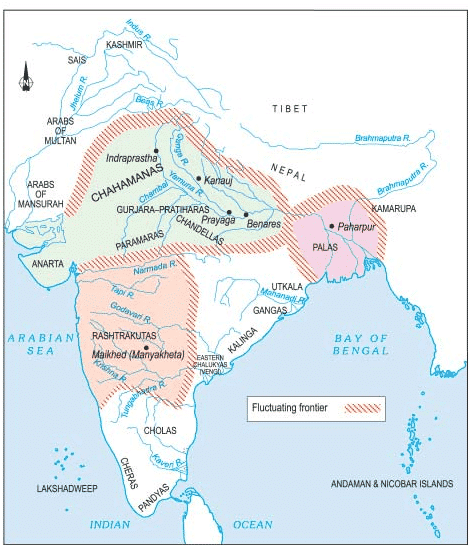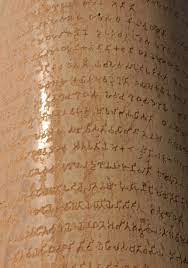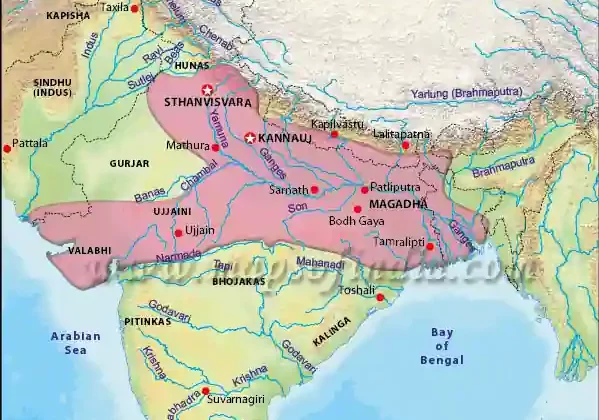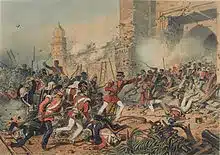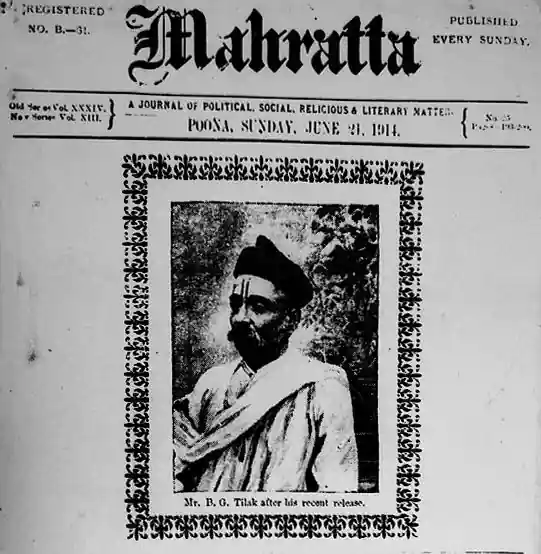Important Women Rulers Of India
Raziya Sultan: Women Rulers Of India
- Razia Sultana was the first woman Sultanate of India, and ruled the court of Delhi from the end of 1236 to 1240.
- The only ever woman to do so, she defied all odds to occupy the throne, including overcoming conflicts over her gender and her slave ancestry.
- During her reign, she proved her mettle as a just and capable ruler, and was renowned for her subversive actions, which varied from sporting men’s attire to printing coins in her own name and image.
- She refused to be addressed as sultana because the word meant ‘wife of a sultan’.
Rani Rudramma (1259 – 1289 A.D.): Women Rulers Of India

- Rani Rudrama Devi belonged to the Kakatiya dynasty on the Deccan Plateau.
- She was the daughter of King Ganapathideva who formally designated her as a son through the ancient Putrika ceremony and named her Rudradeva.
- She succeeded her father when she was only fourteen years old. She was married to Veerabhadra, Eastern Chalukyan prince of Nidadavolu.
- She completed the Warangal Fort, begun by her father.
- Marcopolo, the Venetian traveller who paid a visit during her rule writes that she was a lover of justice, of equity and peace.
Rani Durgawati (1524 – 1564 A.D.): Women Rulers Of India
- Rani Durgawati ruled over Gondwana from 1548 to 1564 on behalf of her son Bir Narayan after the death of Dalpat Shah the ruler of Gondwana.
- Mughal Emperor Akbar attacked Gondwana in 1564.
- Rani Durgawati led the battle against the invading army but ultimately when her defeat became imminent she killed herself choosing death to dishonour.
Abbakka Chowta : Women Rulers Of India
- Rani Abbakka Chowta was the first Tuluva Queen of Ullal who fought the Portuguese in the latter half of the 16th century.
- She belonged to the Chowta dynasty who ruled over parts of coastal Karnataka (Tulu Nadu), India. Their capital was Puttige. The port town of Ullal served as their subsidiary capital.
- The Portuguese made several attempts to capture Ullal as it was strategically placed. But Abbakka repulsed each of their attacks for over four decades.
- For her bravery, she came to be known as Abhaya Rani (The fearless queen).
- She was also one of the earliest Indians to fight colonialism and is sometimes regarded as the ‘first woman freedom fighter of India’.
Chand Bibi (1550 – 1599 A.D.): Women Rulers Of India
- Also known as Chand Khatun or Chand Sultana.
- She was the daughter of Hussain Nizam Shah I of Ahmednagar.
- She was married to Sultan Adil Shah of Bijapur, who was murdered by his own men.
- She acted as the Regent of Bijapur (1580–90) and Regent of Ahmednagar (1596–99).
- When Ahmednagar was invaded by the Mughals in 1595, she defended it successfully.
- In 1599, the forces of Akbar once again laid siege to the Ahmednagar fort. But when she tried to negotiate terms with the Mughals, Chand Bibi was killed by her own troops who misunderstood her.
Rani Chennamma: The Queen Who Challenged Aurangzeb(Women Rulers Of India)
- In 1664, Somesekara Nayak became the ruler of Keladi, in Karnataka. At a fair, his eye fell upon the young Chenamma, the daughter of a Lingayat merchant. He overruled the objections of his ministers who were horrified at his choice and he married her regardless.
- She received a royal education in politics and began to involve herself in administration.
- When the king gradually fell fatally ill as a result of being drugged by Bharame Mahut (the stepfather of one of the king’s royal mistresses), Chennamma maintained order with the help of the court ministers, chief amongst whom was Thimanna Naik.
- The Sultan of neighbouring Bijapur saw this as an opportune moment to conquer the kingdom. The queen, bereaved and overwhelmed by the king’s death, secretly left with her troops for Bhuvanagiri, a fort hidden in the jungles of Keladi. There she was joined by Thimanna Naik, who helped her repel the Bijapur forces. She was crowned ruler in her own right in 1671.
- Once, when Shivaji’s 19-year-old son Rajaram asked Chenamma for shelter from Aurangzeb and his forces, the Rani aided him, leaving her ministers aghast. Aurangzeb’s army made its way to Keladi but were harrowed by relentless rains and guerrilla attacks by the Rani’s forces. Aurangzeb called Chenamma a ‘female bear’.
Tarabai (1675 – 1761 A.D.): Women Rulers Of India
- Tarabai Bhosale was the regent of the Maratha Empire of India from 1700 until 1708.
- She was the queen of ChhatrapatiRajaram Bhonsale and daughter-in-law of the empire’s founder Shivaji.
- She is acclaimed for her role in keeping alive the resistance against the Mughal occupation of Maratha territories after the death of her husband and acting as the regent during the minority of her son.
Devi Ahilya Bai Holkar (1725 – 1795 A.D.): Women Rulers Of India
- Devi Ahilya Bai Holkar ruled over Ahmednagar from 1766 to 1795.
- She was the daughter of Manakoji Shinde.
- In 1733 she was married to Khande Rao, who died in the battle of Kumbher in 1754. She was given a prince’s education at a time when there existed a superstition that if a woman learnt to read, her husband would die.
- When Khande Rao was killed during a siege, all his queens rushed to commit sati but her father-in-law implored Ahilya Bai not to do so.
- Her father-in-law Malhar Rao Holkar (one of the chief generals of the Maratha general Baji Rao I) guided her in ruling the state till his death in 1766.
Rani Velu Nachiyar: Women Rulers Of India
- Rani Velu Nachiyar (3 January 1730 – 25 December 1796) was a queen of Sivaganga estate from c. 1780–1790.
- She was the first Indian queen to wage war with the East India Companyin India.
- She is known by Tamils as Veeramangai (“brave woman”).
Kittur Rani Chennamma (1778 – 1829 A.D.): Women Rulers Of India
- Rani Chennamma was married to Raja Mullasarja of Kittur, a princely state of Belgaum in Karnataka.
- Her husband died in 1816 leaving behind a son, who passed away in 1824.
- When Rani Chennamma adopted Shivalingappa as her son and made him heir to the throne, the British did not accept it.
- Following a battle to defend her kingdom, she was taken captive and lodged in Bailhongal Fort where she breathed her last in 1829.
Rani Lakshmi Bai (November 1828 – June 1858 A.D.): Women Rulers Of India
- Rani Laxmibai was born in Varanasi and named Manu.
- She was married to Gangadhar, the ruler of Jhansi in 1842.
- When both her husband and her son died she adopted a child to make him the heir to the throne.
- The then British Governor General Lord Dalhousie refused to recognise the adoption and ordered the annexation of Jhansi.
- Rani Laxmibai joined other rulers who were rebelling against British rule.
- She was mortally wounded at Gwalior and died in June 1858.
Rani Avantibai: Women Rulers Of India
- She was married to Vikramaditya Singh, the ruler of Ramgarh State.
- Vikramaditya Singh died leaving behind his wife Avantibai and no heir to the throne.
- When the British annexed her kingdom, Avantibai vowed to win back her land from the British.
- She raised an army of four thousand men and led it herself against the British in 1857.
- She killed herself at the end of a fierce battle when she could no longer hold out against the British.
Also, refer:


